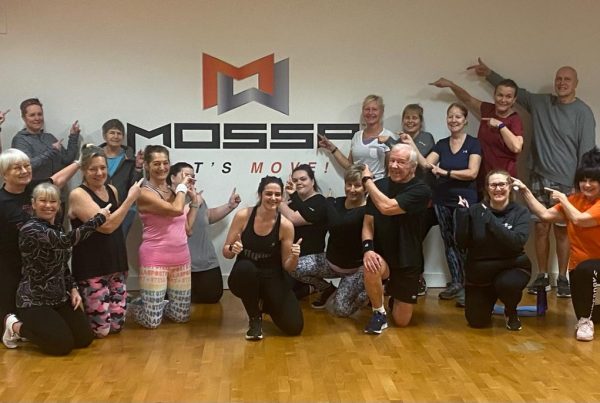How does modern yoga incorporate traditional practice in new ways, and who decides whether it is still yoga?
Yoga has traditionally been the practice of incorporating meditation – a calmness of the mind – balanced with postures and flexibility poses to leave you feeling strong, lean and Zen. But as yoga has changed over the years, so has the public’s perception of it. Once known as an age-reversing voodoo that only celebrities and pop stars could afford, it is now reasonably priced and conventional.
With modern apps such as Mind Body making yoga classes as accessible as an Uber, demand for yoga classes is growing rapidly. With this growth in interest comes a thirst for newness and the need for yoga teachers to appeal to wider audiences and make adaptations to suit different abilities and interests. Last year saw the rise of Dog yoga, Horse yoga, Voga and many more, but how far can these adaptations go before they stray too far from the core principles that make yoga, yoga? Writing on the subject, Dandi Swami Jnaneshvara Bharati summarises:
“Think of a car with missing parts: imagine you see a car, and your friend says, ‘What’s that?’ You say, ‘It’s a car’. Imagine that the car is missing a wheel, and your friend asks you the same question. Still, you say, ‘It’s a car’. But what if all four wheels were gone, and the doors were gone, and the engine was gone. Then, what would you say when your friend asked, ‘What’s that?’ You might say something like, ‘Junk’. We may not know the exact point of change, but somewhere along the way, in removing the parts, you’d naturally stop saying, ‘It’s a car’.
“Think of yoga with missing parts: at what point, and after how much adaptation to modern culture, does yoga cease to be yoga? When yoga is stripped of its higher goals and methods, can it still be called yoga? When is yoga no longer yoga?”
In a society that is further adapting to the needs of the individual, there’s an argument to say that yoga should be an inclusive practice and we should all respect one another’s spiritual journey, regardless of its ‘validity’ or style, as this can come in any form. Historically, yoga was associated with religion and the beginning of a spiritual awakening – are these modern classes drawing away from the purpose behind yoga? Who’s to say the people of today don’t just want to participate in the physical aspect of the class without engaging in the deep and meaningful?
Did you know FitPro provide insurance for yoga professionals online?







